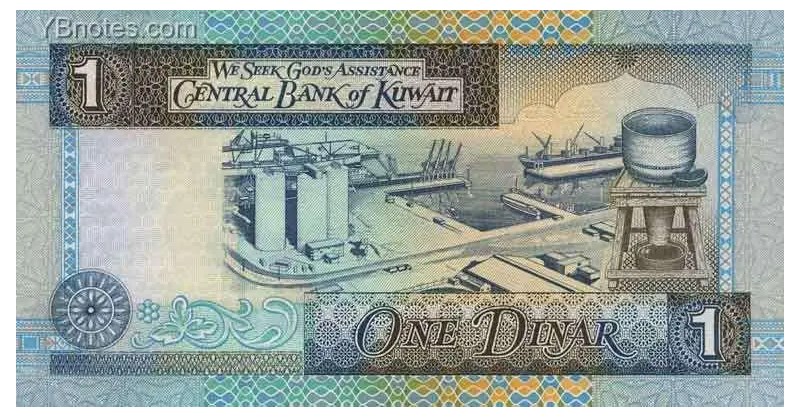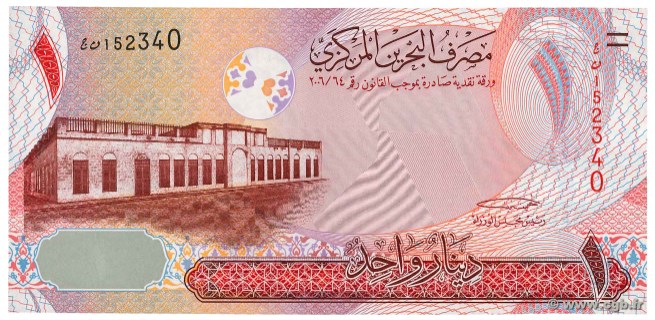As the world continues to evolve financially, the United Nations recognizes a total of 180 legal tender currencies, each with its unique role in global economics. Notably, strength in currency does not necessarily correlate with popularity. Renowned players like the US dollar and the euro might be widely used, but they do not hold the top spots for the strongest currencies. The strength of a currency is determined by its relative purchasing power both for goods and services and against other currencies in the foreign exchange markets.
The concept of currency strength is multi-faceted, involving a range of local and international factors such as the forex markets’ supply and demand, inflation rates, domestic economic growth, relevant central bank interest rates, and a country’s trade balance. This intricate web of factors makes the process of determining the most valuable currency a complex endeavor.
As of January 2023, the following ten currencies stand out in terms of strength:
Kuwaiti Dinar (KWD): Originating from Kuwait, a small yet wealthy nation nestled between Saudi Arabia and Iraq, the KWD leads the pack in currency strength. The country’s vast oil reserves, which contribute over 80% of its GDP, and the nation’s status as a tax-free zone with low unemployment rates bolster the KWD’s strength.

Bahraini Dinar (BHD): Bahrain’s official currency, the BHD, follows closely in the footsteps of the KWD. The nation’s economy, much like Kuwait’s, heavily relies on oil and gas, contributing to over 85% of the kingdom’s revenues.

Omani Rial (OMR): The Omani Rial, the official currency of Oman, finds its strength in its peg to the US dollar, providing stability for the nation’s economy heavily dependent on natural resources.
Jordanian Dinar (JOD): Unlike the resource-rich countries above, Jordan relies on overseas remittances, foreign aid, and beneficial trade agreements. The JOD’s strength is primarily due to its peg to the USD rather than its domestic economic power.
Pound Sterling (GBP): As the world’s oldest currency still in circulation, the GBP holds its own in the top ten. Once the most potent currency, the GBP remains influential in global trade and finance despite losing its crown to the rise of the USA as a superpower.
Cayman Islands Dollar (KYD): The Cayman Islands’ role as a tax haven and worldwide financial hub, along with the KYD’s peg to the USD, makes it a viable candidate.
Euro (EUR): Despite being one of the most recent currencies, the euro has swiftly risen to become the world’s second most widely used currency. The European Union’s worldwide economic and political status strengthens the currency’s significance.
Swiss Franc (CHF): The CHF, known as a safe haven currency,’ owes its strength to Switzerland’s political stability, good fiscal and monetary policies, and continuous economic development.
US Dollar (USD): As the world’s most used currency, the USD’s influence cannot be understated. It plays a dominant role in global trade and finance, cementing its place in the top ten strongest currencies.
Bahamian Dollar (BSD): The USD’s importance as the world’s most widely used currency cannot be overstated. It dominates worldwide commerce and banking, securing its position among the top 10 most powerful currencies.
The currencies’ positioning as the strongest on a global scale reiterates the complexity and interconnectedness of the world economy. These currencies are not just symbols of national economic power, but they also significantly influence global trade dynamics.
The top four currencies on the list are all tied to the US dollar, indicating the USD’s reach and significance in global banking. Furthermore, six of the top ten strongest currencies are tied to the USD, emphasizing the USD’s supremacy as the world’s ‘reserve currency.’
Interestingly, the countries home to these top currencies vary significantly in their economic structures and resource dependence. For example, although Kuwait, Bahrain, and Oman rely largely on oil and gas earnings, Jordan relies on international assistance and trade deals. Similarly, the Cayman Islands and the Bahamas have carved themselves a position as global financial hubs and tax havens, generating significant foreign cash.
On the other hand, the Euro and Swiss francs demonstrate the strength of the European economy. Despite its infancy, the Euro has evolved into an economic powerhouse owing to the European Union’s combined economic strength, whereas the Swiss Franc remains a safe haven currency due to Switzerland’s political stability and conservative economic policies.
Finally, the Pound Sterling and the US Dollar, both currencies of historical and contemporary global powers, remain in the top 10, demonstrating the United Kingdom’s and the United States’ ongoing economic importance.
In conclusion, the strength of a currency is a gauge of a country’s economic health and position in the global economic system. These top 10 currencies are the foundations of the global economic landscape, playing critical roles in defining the world’s financial destiny.
